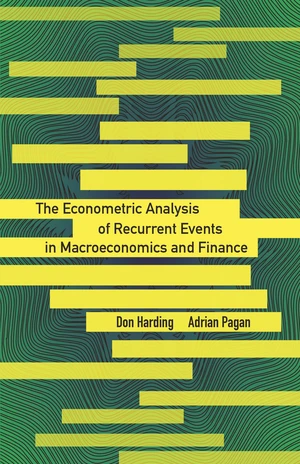The global financial crisis highlighted the impact on macroeconomic outcomes of recurrent events like business and financial cycles, highs and lows in volatility, and crashes and recessions. At the most basic level, such recurrent events can be summarized using binary indicators showing if the event will occur or not. These indicators are constructed either directly from data or indirectly through models. Because they are constructed, they have different properties than those arising in microeconometrics, and how one is to use them depends a lot on the method of construction. This book presents the econometric methods necessary for the successful modeling of recurrent events, providing valuable insights for policymakers, empirical researchers, and theorists. It explains why it is inherently difficult to forecast the onset of a recession in a way that provides useful guidance for active stabilization policy, with the consequence that policymakers should place more emphasis on making the economy robust to recessions. The book offers a range of econometric tools and techniques that researchers can use to measure recurrent events, summarize their properties, and evaluate how effectively economic and statistical models capture them. These methods also offer insights for developing models that are consistent with observed financial and real cycles. This book is an essential resource for students, academics, and researchers at central banks and institutions such as the International Monetary Fund.
Price history
▲5.05%
Jan 16, 2022
€49.59
Oct 25, 2021
€47.20

